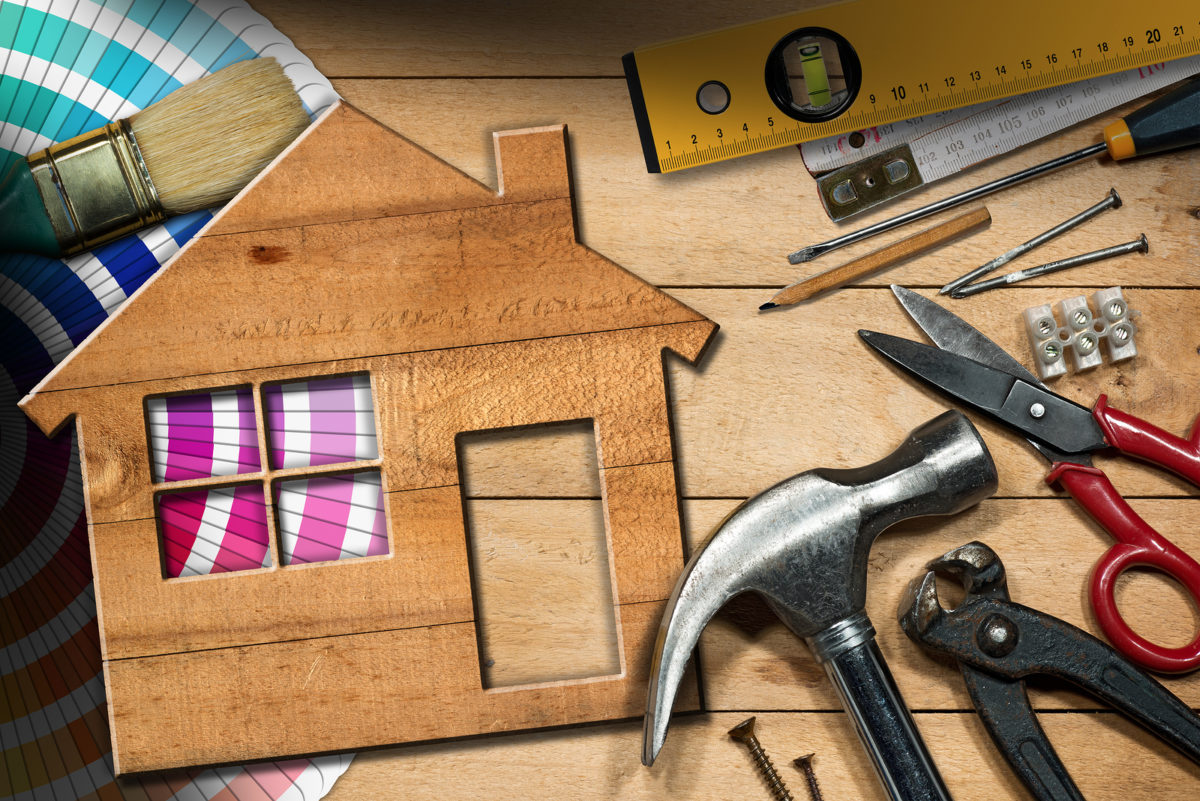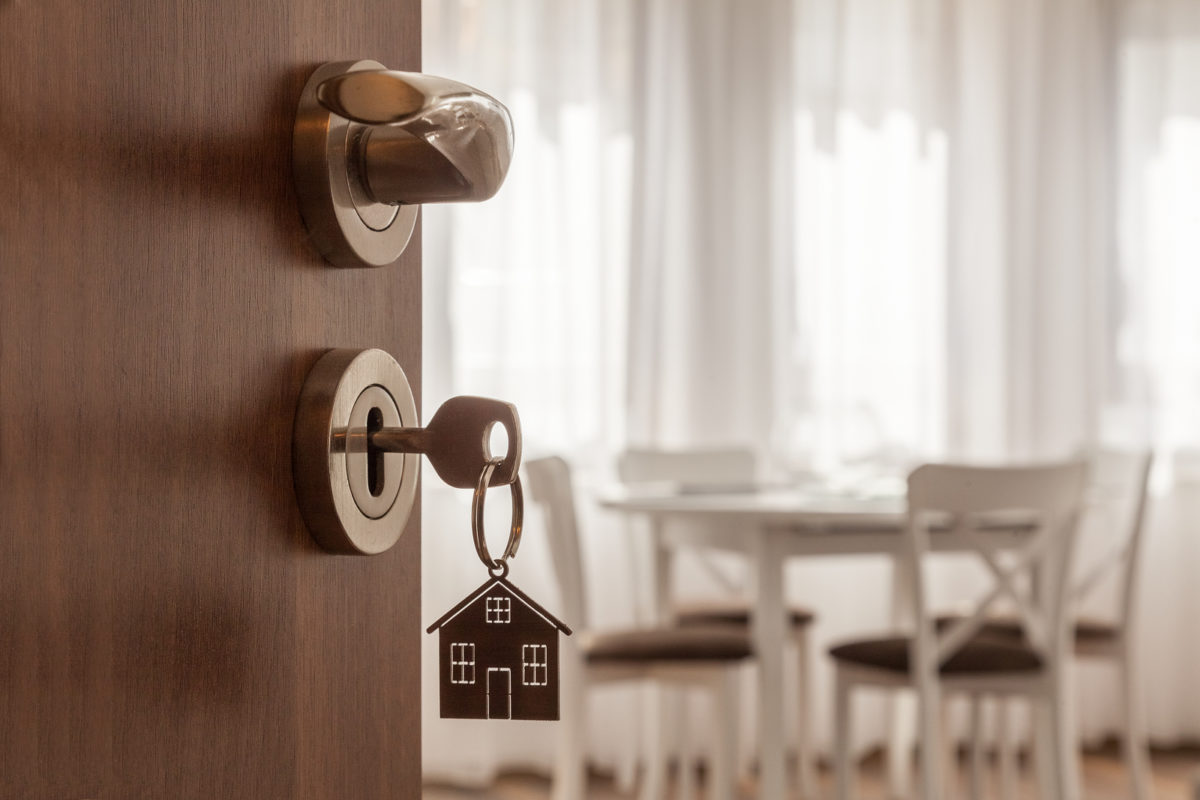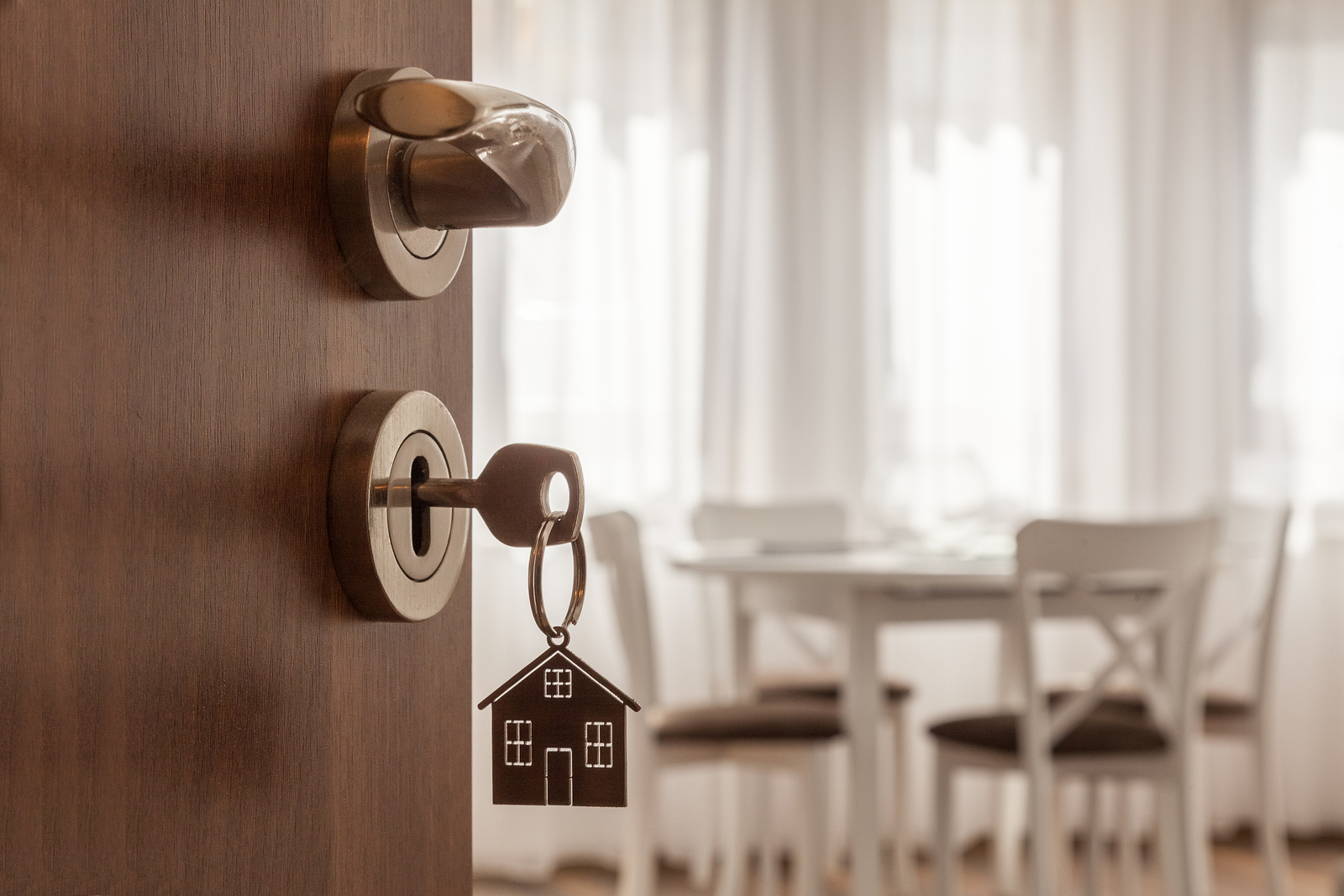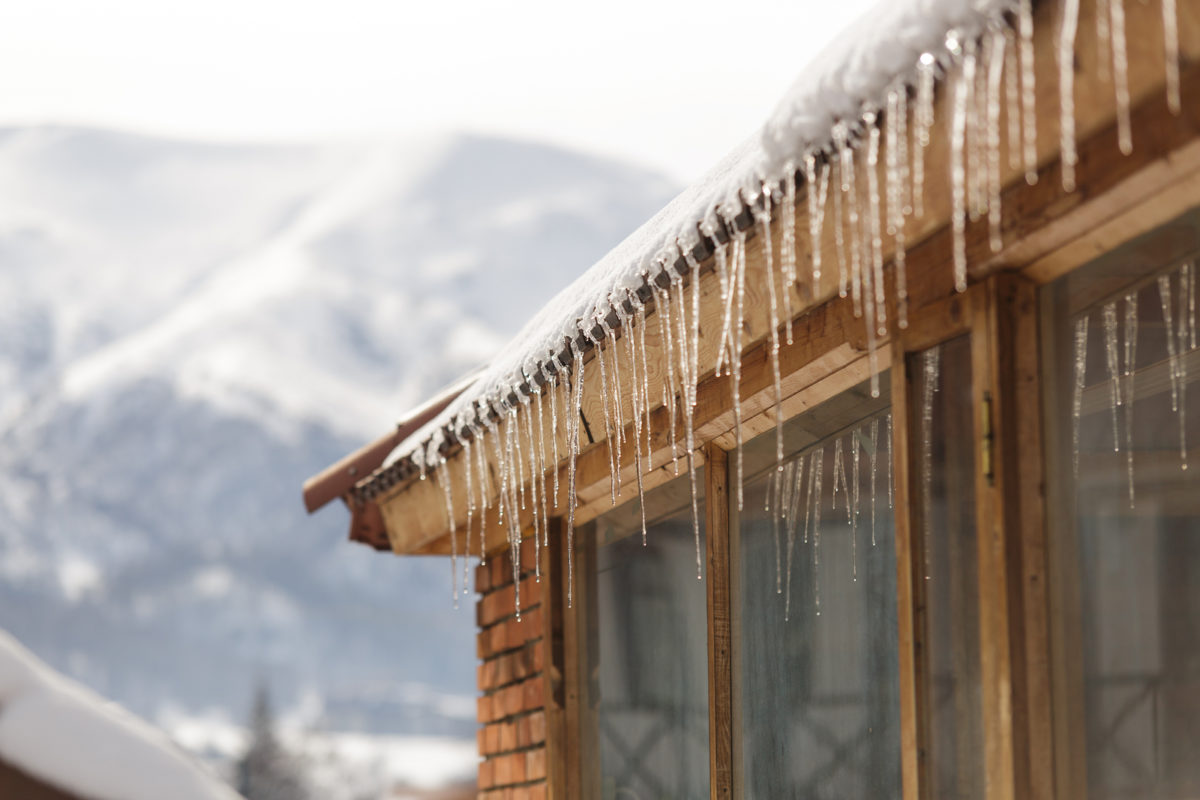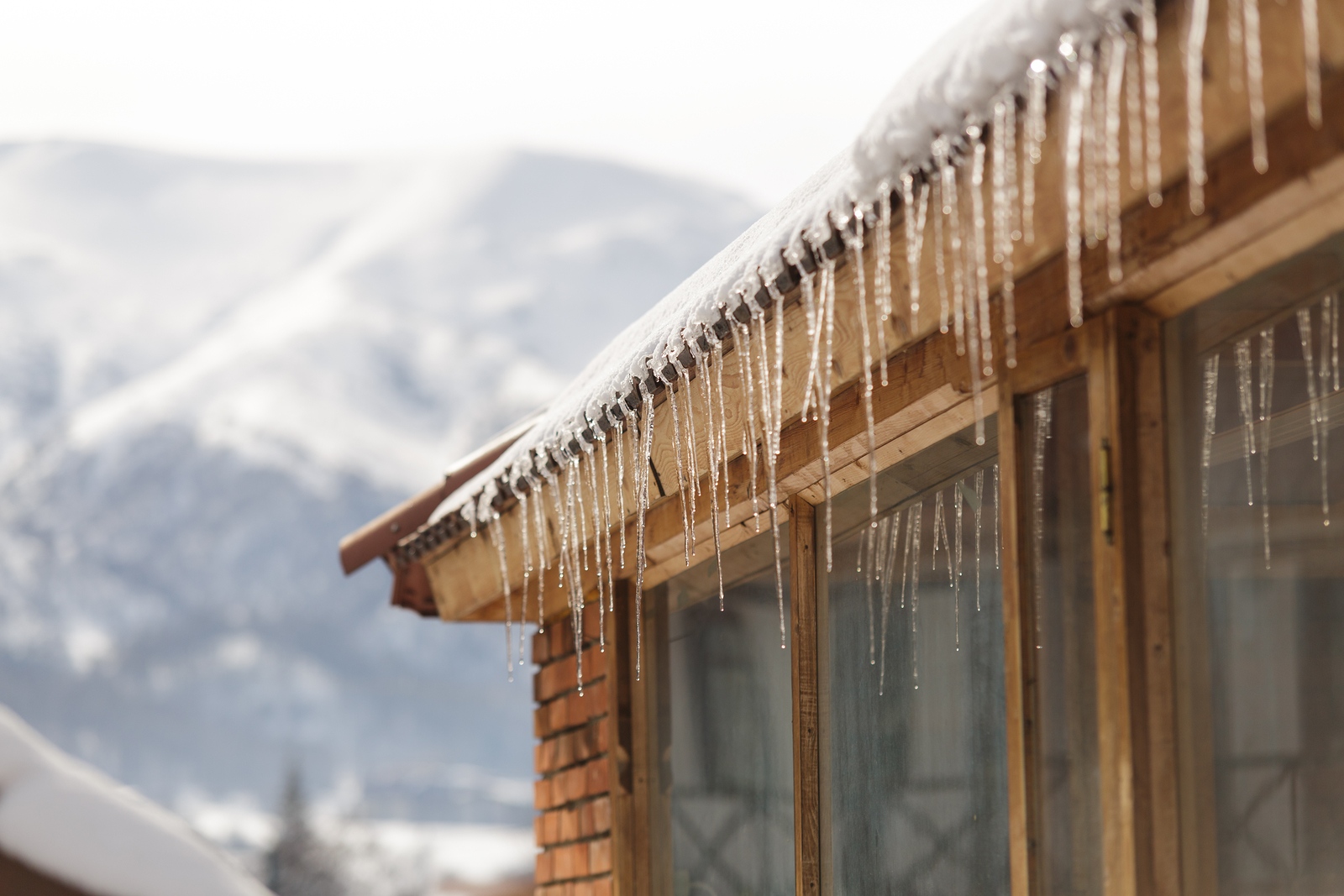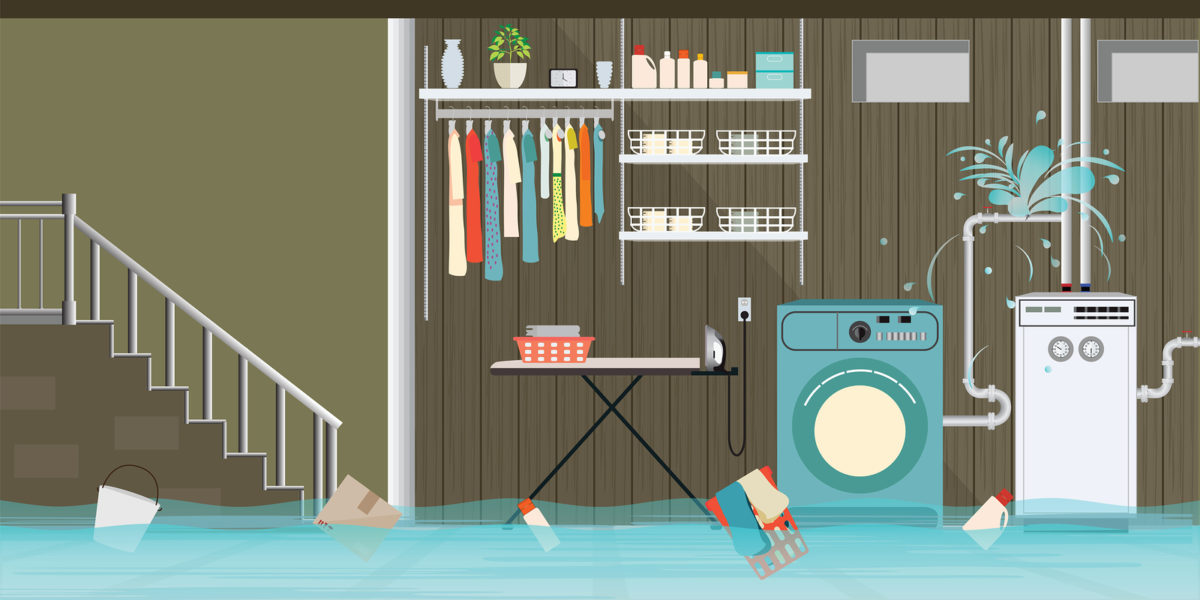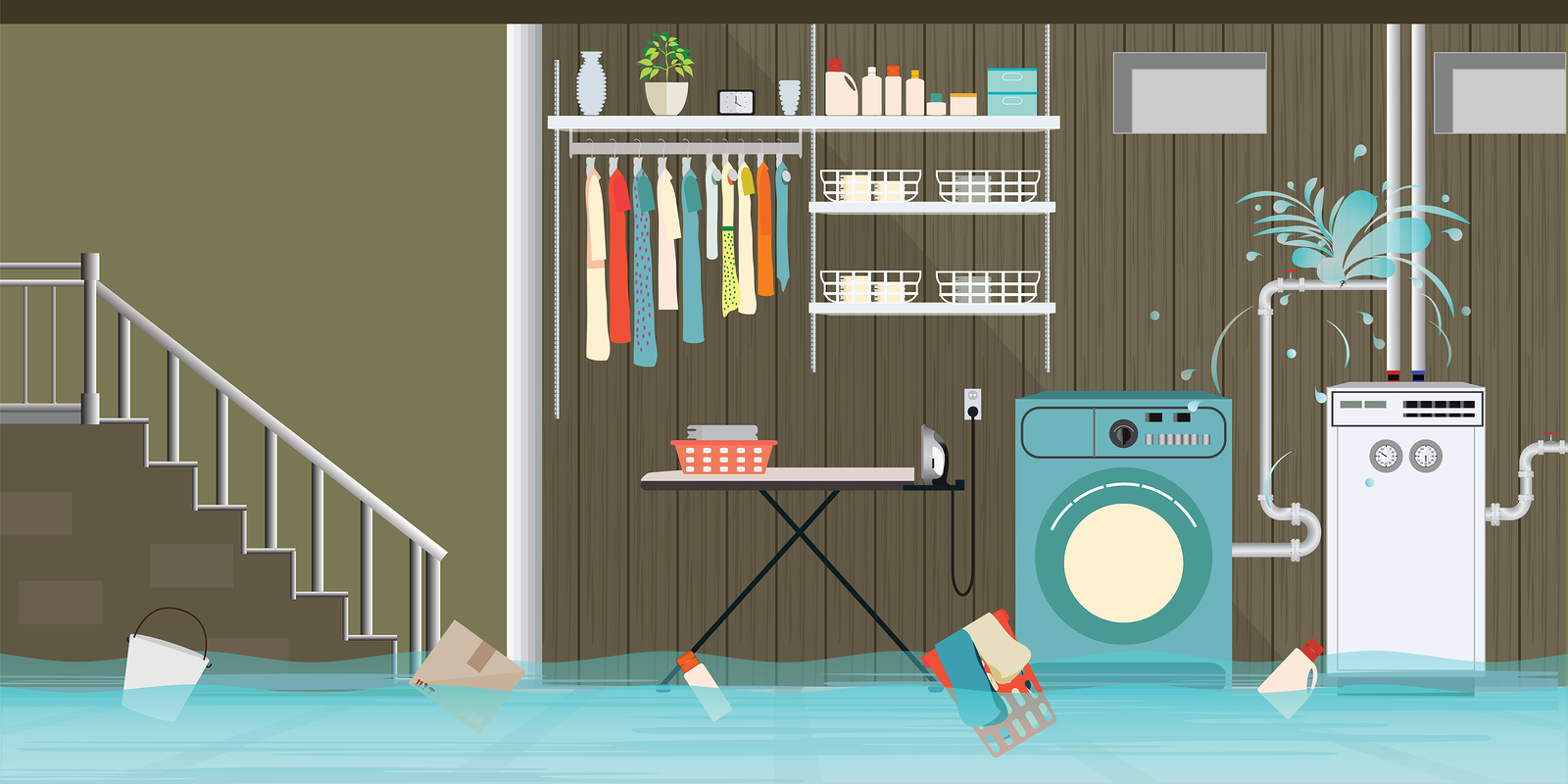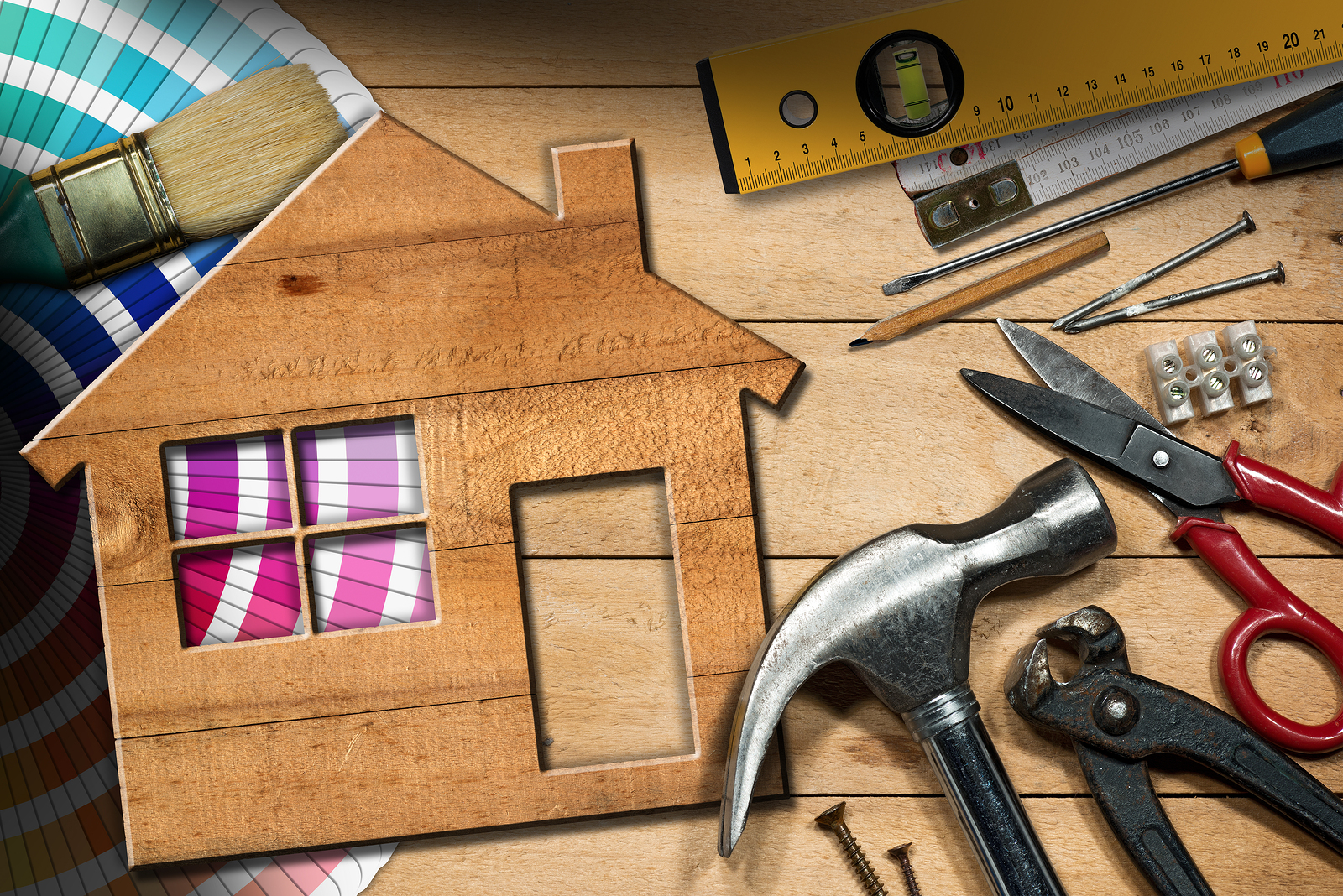
As most homeowners understand, owning a home isn’t a set-it-and-forget-it kind of possession. It requires what sometimes seems like almost constant maintenance. While some of these tasks can be deferred, and often are, there are others that shouldn’t wait.
Not performing these maintenance tasks can cost you dearly. We have a fresh, new year upon us, so why not resolve, right now, to undertake these three common but often deferred ways to keep your home maintained and save money in the long run?
1. There’s a reason your HVAC system has filters
Perhaps the easiest and quickest piece of home maintenance you could ever perform is changing out the filter to your heating and air conditioning unit. However, I still hear about homeowners who don’t know about this.
The filter may not look like much, but it performs a very important function – keeping debris out of your HVAC unit.
“The primary purpose of a filter is to protect HVAC equipment, not to improve indoor air quality,” according to Joe Provey at BobVila.com.
“If your air filter is dirty and you’re experiencing AC problems, the majority of the time it always comes back to that clogged filter,” claims the experts at Cool Today in Sarasota, Florida.
They go on to explain that when the filter is dirty, the HVAC unit needs to work harder. The strain does a number on the system’s motors and, eventually, the unit may break down.
At a nationwide average cost of $5,413 to replace the system, not routinely changing its filters seems borderline nuts.
How frequently you’ll need to change the filters depends on several variables:
- Number of pets in the home
- Number of people in the home
- The type of filter
- Current indoor air quality
“For basic 1″-3″ air filters, manufacturers usually direct you to change them every 30-60 days,” according to the pros at Service Experts Heating, Air-Conditioning & Plumbing.
They go on to recommend that if anyone in the home experiences allergies or if you have a dog or cat, change the filters every 20 to 45 days.
If you’ve grown tired of the frequent trips to Home Depot to pick up new filters, consider installing a washable filter. Also known as a “permanent electrostatic filter,” it can last up to 10 years, but should be washed monthly.
You’ll find a brilliant explanation of these filters and why you should considering switching to them at Gardenologist.org.
2. Get at those ‘fridge coils
Did you know that refrigerator condenser coil problems account for more than 70 service calls per year? It’s true, according to familyhandyman.com.
Cleaning the coils is a 5-minute job so there’s really no excuse for a homeowner to have to place a condenser coil-related service call.
The experts suggest that we perform the task twice a year, especially if we have pets.
You’ll need to pull the refrigerator away from the wall because the coils are attached to the back of the appliance (sometimes along the bottom). Unplug it before doing any work on it.
Use the vacuum to remove the loose fuzz and a coil cleaning brush (familyhandyman.com recommends this one at Amazon.com) to get at the caked-on material.
They also suggest that you check the gasket around the edges of the door to ensure that stray food particles aren’t impeding the door, allowing the cold air to escape or hot air to get in.
Use warm water and a sponge to avoid damage to the gasket.
3. A quick and easy inspection of this part of your windows pays off
Those small holes on the bottom of your exterior windows have a very important purpose. Known as “weep holes,” their job is to drain water that catches in the sill, so it doesn’t build up and end up inside the home.
Like most things on your home’s exterior, they get clogged with dust, leaves and bugs. Let this “junk” accumulate for too long, and you’ll end up with the water entering the home and dripping down the walls.
Make it a point to inspect weep holes each year, preferably just before the rainy season. Spray the outside of the window with a hose and watch for it to drain from the weep hole. If it doesn’t, the water is getting stuck somewhere along the line.
Experts at TheFamilyHandyman.com recommend that you use a wire hanger to poke into the hole, then use the hose on the window again.
“If the little flapper (designed to keep out driving wind) is stuck shut, it can be removed with a putty knife and replaced.”
Newer windows may have a weep hole on the inside of the window as well. Find a handy walkthrough video of how to clean these at YouTube.com.
